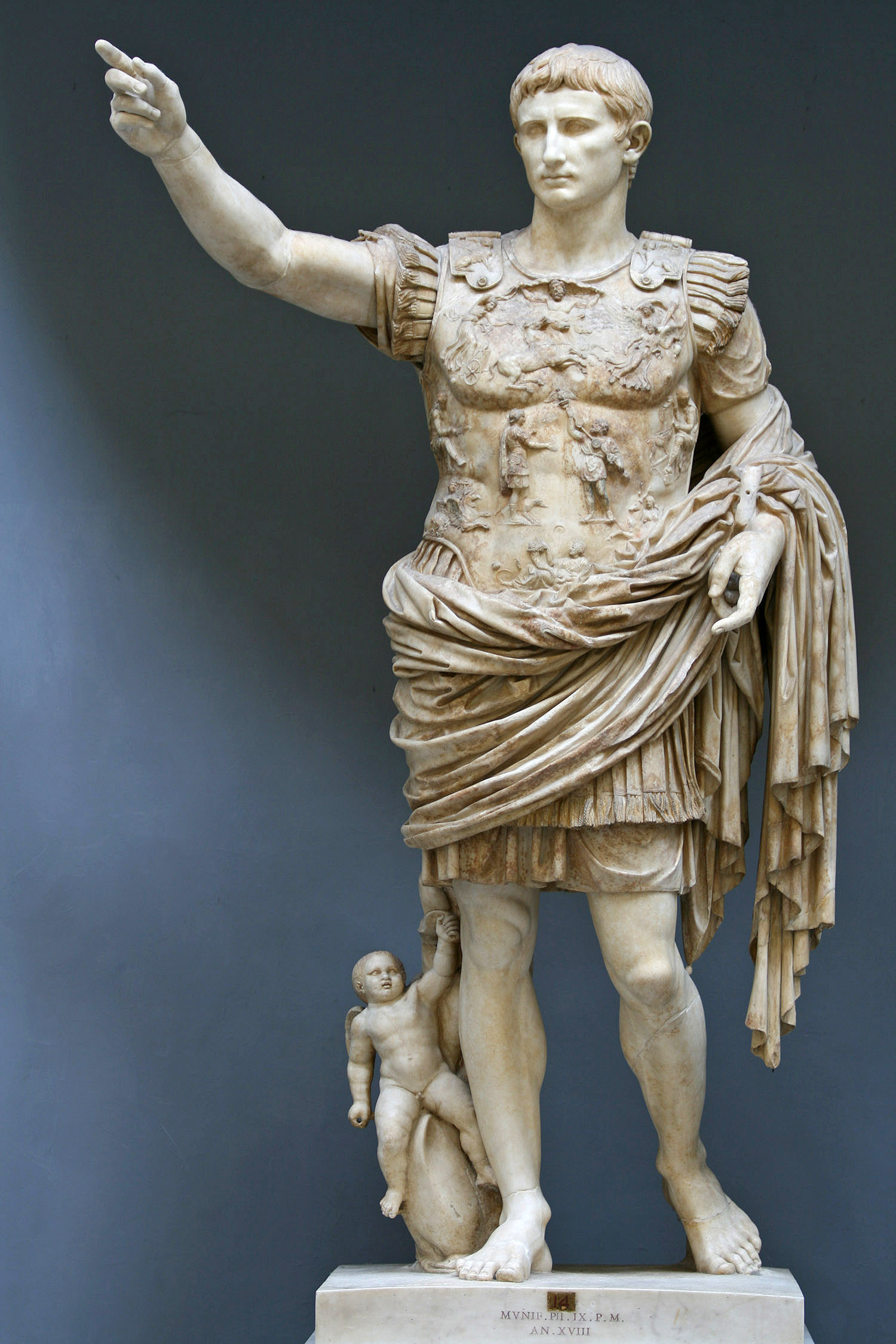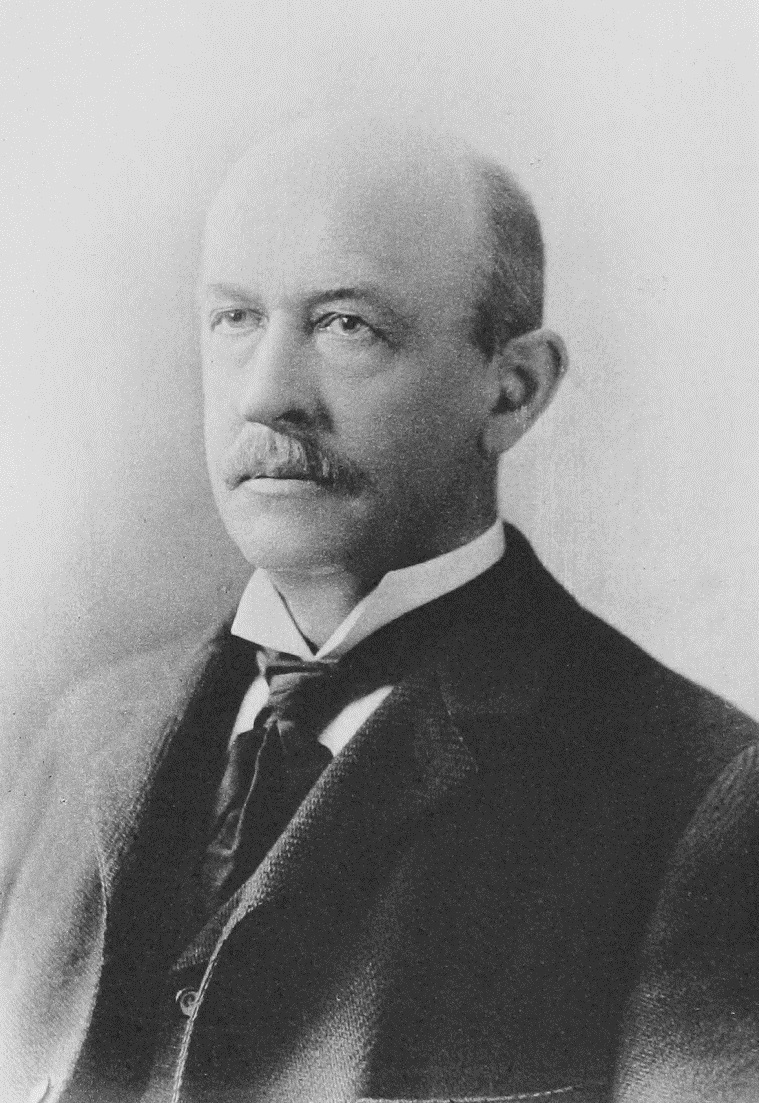|
Babble Hypothesis
In psycholinguistics and leadership studies, the babble hypothesis (demonstratively labelled the babble effect) is a conjecture that posits a strong correlation between the amount or quantity of speaking time an individual has in group settings and their likelihood of emerging as a leader, as commonly opposed to quality of speech. According to the hypothesis, individuals who contribute more verbal input during group interactions are perceived to have increased speaking time which in turn increases likelihood of them being perceived and recognized as leaders. Those individuals who speak more also receive higher ratings on leader, communication and contribution-related measures. Past research Research into the idea that emerging leaders talk a lot has been around for a long time, with Bales making this claim in 1950. One of the earliest studies that directly varied the quality and quantity of verbal interaction was by Regula and Julian (1973). They found that variations in the quant ... [...More Info...] [...Related Items...] OR: [Wikipedia] [Google] [Baidu] |
Psycholinguistics
Psycholinguistics or psychology of language is the study of the interrelation between linguistic factors and psychological aspects. The discipline is mainly concerned with the mechanisms by which language is processed and represented in the mind and brain; that is, the psychology, psychological and neurobiology, neurobiological factors that enable humans to acquire, use, comprehend, and produce language. Psycholinguistics is concerned with the cognitive faculties and processes that are necessary to produce the grammatical constructions of language. It is also concerned with the perception of these constructions by a listener. Initial forays into psycholinguistics were in the philosophical and educational fields, mainly due to their location in departments other than applied sciences (e.g., cohesive data on how the human brain functioned). Modern research makes use of biology, neuroscience, cognitive science, linguistics, and information science to study how the mind-brain process ... [...More Info...] [...Related Items...] OR: [Wikipedia] [Google] [Baidu] |
Authoritarianism
Authoritarianism is a political system characterized by the rejection of political plurality, the use of strong central power to preserve the political ''status quo'', and reductions in democracy, separation of powers, civil liberties, and the rule of law. Authoritarian regimes may be either autocratic or oligarchic and may be based upon the rule of a party or the military. States that have a blurred boundary between democracy and authoritarianism have sometimes been characterized as "hybrid democracies", " hybrid regimes" or "competitive authoritarian" states. The political scientist Juan Linz, in an influential 1964 work, ''An Authoritarian Regime: Spain'', defined authoritarianism as possessing four qualities: # Limited political pluralism, which is achieved with constraints on the legislature, political parties and interest groups. # Political legitimacy based on appeals to emotion and identification of the regime as a necessary evil to combat "easily recognizabl ... [...More Info...] [...Related Items...] OR: [Wikipedia] [Google] [Baidu] |
Gish Gallop
The Gish gallop is a rhetorical technique in which a person in a debate attempts to overwhelm an opponent by presenting an excessive number of arguments, without regard for their accuracy or strength, with a rapidity that makes it impossible for the opponent to address them in the time available. Gish galloping prioritizes the quantity of the galloper's arguments at the expense of their quality. The term "Gish gallop" was coined in 1994 by the anthropologist Eugenie Scott who named it after the American creationist Duane Gish, dubbed the technique's "most avid practitioner". Strategy During a typical Gish gallop, the galloper confronts an opponent with a rapid series of specious arguments, half-truths, misrepresentations and outright lies, making it impossible for the opponent to refute all of them within the format of the debate. Each point raised by the Gish galloper takes considerably longer to refute than to assert. The technique wastes an opponent's time and may cast dou ... [...More Info...] [...Related Items...] OR: [Wikipedia] [Google] [Baidu] |
Firehose Of Falsehood
The firehose of falsehood, also known as firehosing, is a propaganda technique in which a large number of messages are broadcast rapidly, repetitively, and continuously over multiple channels (like news and social media) without regard for truth or consistency. An outgrowth of Soviet propaganda techniques, the firehose of falsehood is a contemporary model for Russian propaganda under Russian President Vladimir Putin. The Russian government used the technique during its offensive against Georgia in 2008 and Russia's war with Ukraine that started in 2014 with the annexation of Crimea, and it has continued to use it in the 2021 prelude to the Russian invasion of Ukraine. It continued to use it as part of its interference in the 2016 United States elections, largely aided by the repetition of Russian falsehoods by Donald Trump, who has made constant lying a key part of his communication strategy. Politicians, governments, and movements in other countries have since adopted the ... [...More Info...] [...Related Items...] OR: [Wikipedia] [Google] [Baidu] |
Cult Of Personality
A cult of personality, or a cult of the leader,Cas Mudde, Mudde, Cas and Kaltwasser, Cristóbal Rovira (2017) ''Populism: A Very Short Introduction''. New York: Oxford University Press. p. 63. is the result of an effort which is made to create an idealized and heroic image of a admirable leader, often through unquestioning flattery and praise. Historically, it has been developed through techniques such as the manipulation of the mass media, the dissemination of propaganda, the staging of spectacles, the manipulation of the arts, the instilling of patriotism, and government-organized demonstrations and rallies. A cult of personality is similar to apotheosis, except that it is established through the use of modern social engineering (political science), social engineering techniques, it is usually established by the state or the party in one-party states and dominant-party states. Cults of personality often accompany the leaders of totalitarian or authoritarian governments. They c ... [...More Info...] [...Related Items...] OR: [Wikipedia] [Google] [Baidu] |
Big Lie
A big lie () is a gross distortion or misrepresentation of the truth primarily used as a political propaganda technique. The German expression was first used by Adolf Hitler in his book ''Mein Kampf'' (1925) to describe how people could be induced to believe so colossal a lie because they would not believe that someone "could have the impudence to distort the truth so infamously". Hitler claimed that the technique had been used by Jews to blame Germany's loss in on German general Erich Ludendorff, who was a prominent nationalist political leader in the Weimar Republic. According to historian Jeffrey Herf, the Nazis used the idea of the original big lie to turn sentiment against Jews and justify the Holocaust. Herf maintains that Nazi Germany's chief propagandist Joseph Goebbels and the Nazi Party actually used the big lie technique that they describedand that they used it to turn long-standing antisemitism in Europe into mass murder. Herf further argues that the Nazis' bi ... [...More Info...] [...Related Items...] OR: [Wikipedia] [Google] [Baidu] |
Active Measures
Active measures () is a term used to describe political warfare conducted by the Soviet Union and the Russian Federation. The term, which dates back to the 1920s, includes operations such as espionage, propaganda, sabotage and assassination, based on foreign policy objectives of the Soviet and Russian governments. Active measures have continued to be used by the administration of Vladimir Putin. Description Active measures were conducted by the Soviet and Russian security services and secret police organizations ( Cheka, OGPU, NKVD, KGB, and FSB) to influence the course of world events, in addition to collecting intelligence and producing revised assessments of it. Active measures range "from media manipulations to ''special actions'' involving various degrees of violence". Beginning in the 1920s, they were used both abroad and domestically. Active measures includes the establishment and support of international front organizations (e.g., the World Peace Council); forei ... [...More Info...] [...Related Items...] OR: [Wikipedia] [Google] [Baidu] |
Agitprop
Agitprop (; from , portmanteau of ''agitatsiya'', "agitation" and ''propaganda'', "propaganda") refers to an intentional, vigorous promulgation of ideas. The term originated in the Soviet Union where it referred to popular media, such as literature, plays, pamphlets, films, and other art forms, with an explicitly political message in favor of communism. The term originated in the Soviet Union as a shortened name for the Department for Agitation and Propaganda (, '), which was part of the central and regional committees of the Communist Party of the Soviet Union. Within the party apparatus, both agitation (work among people who were not Communists) and propaganda (political work among party members) were the responsibility of the ''agitpropotdel'', or APPO. Its head was a member of the MK secretariat, although they ranked second to the head of the ''orgraspredotdel''. Typically Russian agitprop explained the ideology and policies of the Communist Party and attempted to persuade th ... [...More Info...] [...Related Items...] OR: [Wikipedia] [Google] [Baidu] |
Social Norm
A social norm is a shared standard of acceptance, acceptable behavior by a group. Social norms can both be informal understandings that govern the behavior of members of a society, as well as be codified into wikt:rule, rules and laws. Social normative influences or social norms, are deemed to be powerful drivers of human behavioural changes and well organized and incorporated by major theories which explain human behaviour. Institutions are composed of multiple norms. Norms are shared social beliefs about behavior; thus, they are distinct from "ideas", "attitudes", and "values", which can be held privately, and which do not necessarily concern behavior. Norms are contingent on context, social group, and historical circumstances. Scholars distinguish between regulative norms (which constrain behavior), constitutive norms (which shape interests), and prescriptive norms (which prescribe what actors ''ought'' to do). The effects of norms can be determined by a logic of appropriateness ... [...More Info...] [...Related Items...] OR: [Wikipedia] [Google] [Baidu] |
Social Identity Theory
Social identity is the portion of an individual's self-concept derived from perceived membership in a relevant social group. As originally formulated by social psychologists Henri Tajfel and John Turner in the 1970s and the 1980s, social identity theory introduced the concept of a social identity as a way in which to explain intergroup behaviour. "Social identity theory explores the phenomenon of the 'ingroup' and 'outgroup', and is based on the view that identities are constituted through a process of difference defined in a relative or flexible way depends on the activities in which one engages." This theory is described as a theory that predicts certain intergroup behaviours on the basis of perceived group status differences, the perceived legitimacy and stability of those status differences, and the perceived ability to move from one group to another. This contrasts with occasions where the term "social identity theory" is used to refer to general theorizing about huma ... [...More Info...] [...Related Items...] OR: [Wikipedia] [Google] [Baidu] |
Extraversion And Introversion
Extraversion and introversion are a central trait theory, trait dimension in human personality psychology, personality theory. The terms were introduced into psychology by Carl Jung, though both the popular understanding and current psychological usage are not the same as Jung's original concept. Extraversion (also spelled ''extroversion'') is typically associated with sociability, talkativeness, and high energy, while introversion is linked to introspection, reserve, and a preference for solitary activities. Jung defined introversion as an "attitude-type characterised by orientation in life through subjective psychic contents", and extraversion as "an attitude-type characterised by concentration of interest on the external object". While often presented as opposite ends of a single Continuum (theory), continuum, many personality theorists, such as Carl Jung, have suggested that most individuals possesses elements of both traits, with one being more dominant. Jung provides a d ... [...More Info...] [...Related Items...] OR: [Wikipedia] [Google] [Baidu] |





